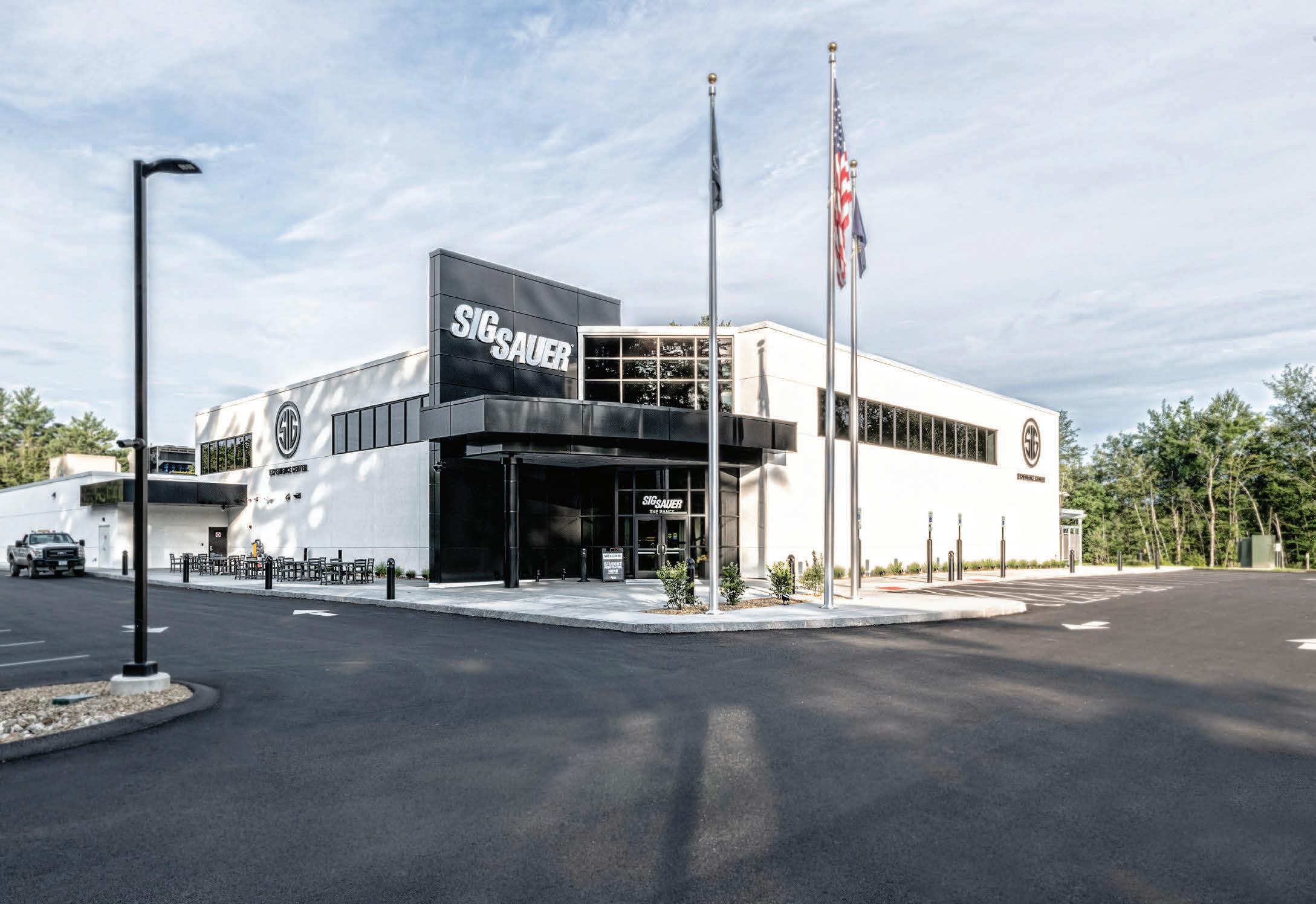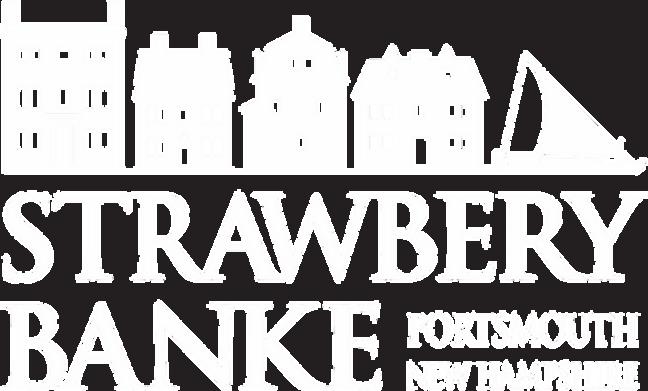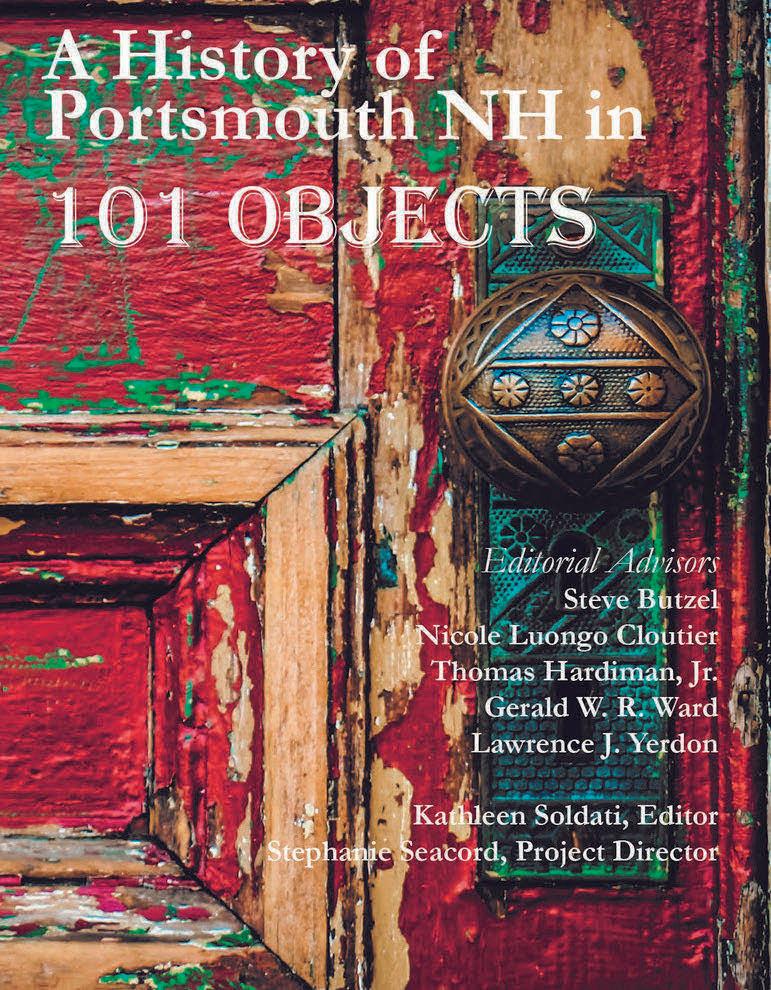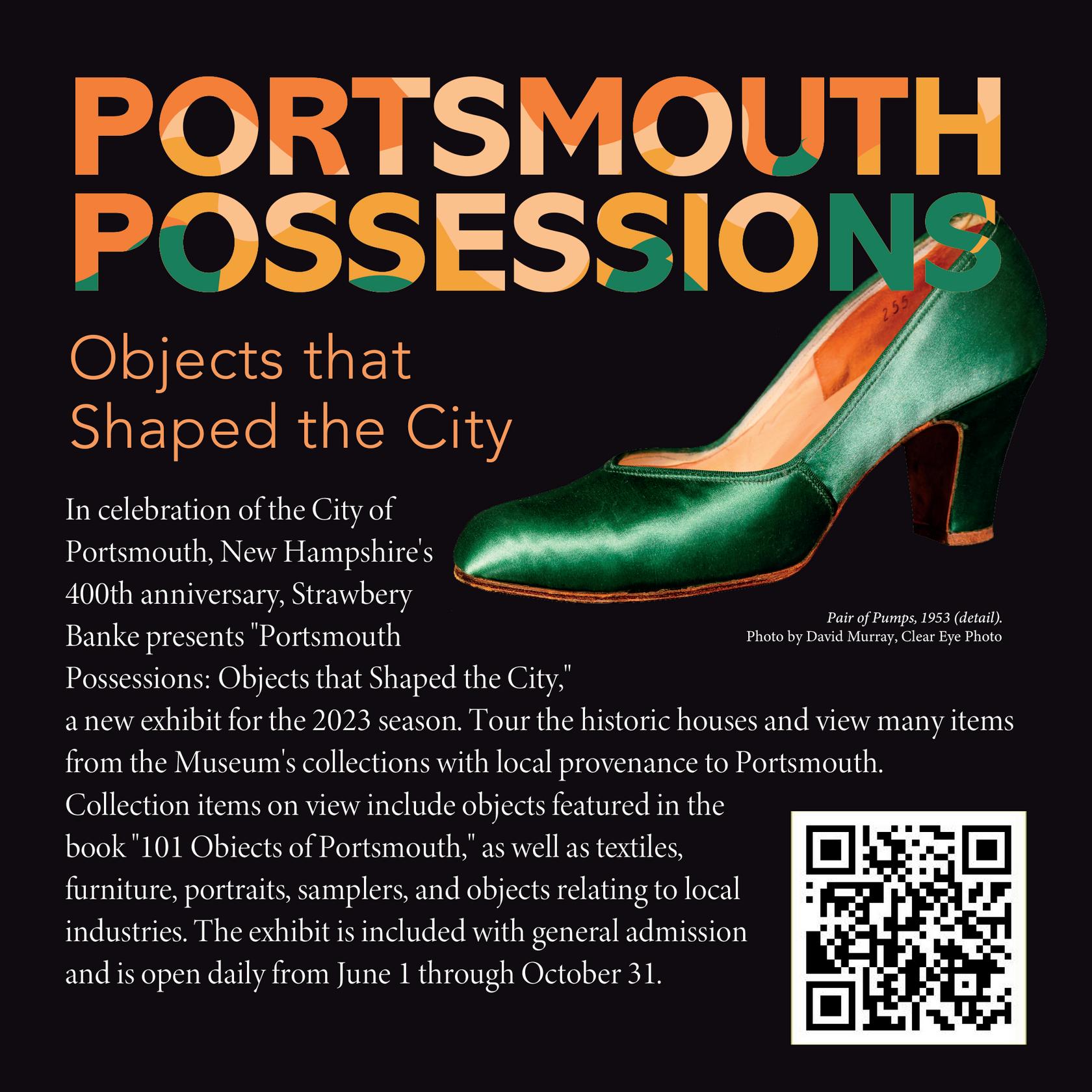
7 minute read
Rising From the Ashes
Piecing together rubble from the devastation of the 1923 Great Canaan Fire, artist Gary Hamel discovers new life.
BY LISA ROGAK / PHOTOGRAPHY BY JOHN W. HESSION
Close your eyes for a moment and imagine your town’s business district. Envision the shopkeeper who always recommends an ideal gift, the bank that hands out dog biscuits and lollipops at the drive-thru, the restaurant that throws your regular order onto the grill as soon as you walk through the door.
Now imagine that same scene completely burned to cinders in just three hours. It’s unimaginable, impossible to comprehend.
But that is exactly what happened a century ago when the entire downtown of Canaan, New Hampshire, was destroyed by fire on June 2, 1923. At 11 that morning, it was business as usual: workers stitched together rough cloth at the overall factory, Ned Barney edited news stories at his desk at the “Canaan Reporter,” and E.M. Allen was setting up for the day at his combination drugstore/hardware store/photography studio, after first taking a few shots of the town for his bustling postcard enterprise.
As folks started to trickle in for lunch at Addie Follansbee’s restaurant, a trickle of flame launched into a hay bale in a barn a couple of blocks away on School Street. It was windy that day, coming from the northwest, and the town hadn’t seen a soaking rain for weeks. Canaan people were frugal, eschewing more expensive slate on their roofs for cheaper wooden shingles.
The town didn’t have a chance. Despite heroic efforts from the town’s fire squad and units that rushed from as far away as Con- cord, it took just 20 minutes for the entire downtown to catch fire as the wind carried pieces of burning wood from one building to the next.
By two in the afternoon, the only things left standing were chimneys, mounds of charred detritus from the smoldering hulks of buildings and the ghostly skeletons of burned trees, their stripped branches pointing to the sky as if to accuse a merciless god of forsaking the town.
When the smoke cleared, townspeople tallied up their losses: 50 businesses had been destroyed along with dozens of barns and buildings used for storage, as well as several churches and community meeting spaces. Scores of people who lived in houses and apartments above the stores lost their homes and possessions, and two residents lost their lives.
People of the time were well familiar with fire. Indeed, the town had been devastated before, with several businesses and homes burning in 1872 and again in 1893 when a spark from a locomotive caused a conflagration. But the devastation caused by this fire was unprecedented in its extent and speed. The fire was so hot that the tracks of the nearby Boston and Maine Railroad line warped.
News of the disaster quickly spread, and supplies, food, money and clothes soon poured in from residents and businesspeople in nearby towns, Dartmouth College students and the American Red Cross. The next morning, headlines about the fire were splashed on front pages across the country, and the devastation described was so complete that many couldn’t fathom it. The town was still smoldering the following day when people arrived in droves to view the “cremated village,” as one newspaper reporter put it. Some reports say that up to 5,000 people drove from Massachusetts, Maine and Vermont — as well as from all over the Granite State — to witness the devastation. Cars were blocked from the ruins, so the lookie-loos had to abandon their vehicles along the roads leading into Canaan, hiking in from up to a mile away. A couple of townspeople decided to capitalize on the opportunity and solicited cash donations from the visitors for relief efforts.
The Tuesday after the fire, townspeople held a meeting to discuss rebuilding the town, and within the week, trailers, tents and boxcars had sprung up to house displaced businesses and those who arrived in town to work on new construction, Those eager to put the fire behind them plowed the charred remains of the town into the nearby Indian River.
A month after the fire, downtown Canaan looked like a construction zone.
People’s lives were permanently altered that day, but in the wake of such tragedy, it’s human nature that our focus turns to the things left behind; after all, we all have our talismans that represent an earlier history.
That was his razor...There’s the head of the doll that she loved to pieces...That’s the beanpot that was on the stove when the fire started raging, and it made it through the fire. It’s charred and cracked, but it survived.

Gary Hamel is a well-known local artist who grew up in neighboring Orange. His studio is on Route 4, right next to the Red Wagon Bakery. He’s researched the Canaan fire for decades, and says if it wasn’t for photographer E.M. Allen’s extensive postcard documentation of the town, there would be little evidence of what the town looked like before it was destroyed. After all, photography was an expensive pastime in the early 20th century, mostly left to professionals like Allen, and if you wanted a pictorial record of a place, postcards were the way to go. They also served as the texts of their day, as it was not uncommon for someone in Canaan to send a postcard to a friend in Grafton on the eastbound morning train, and receive a response on the westbound afternoon train.
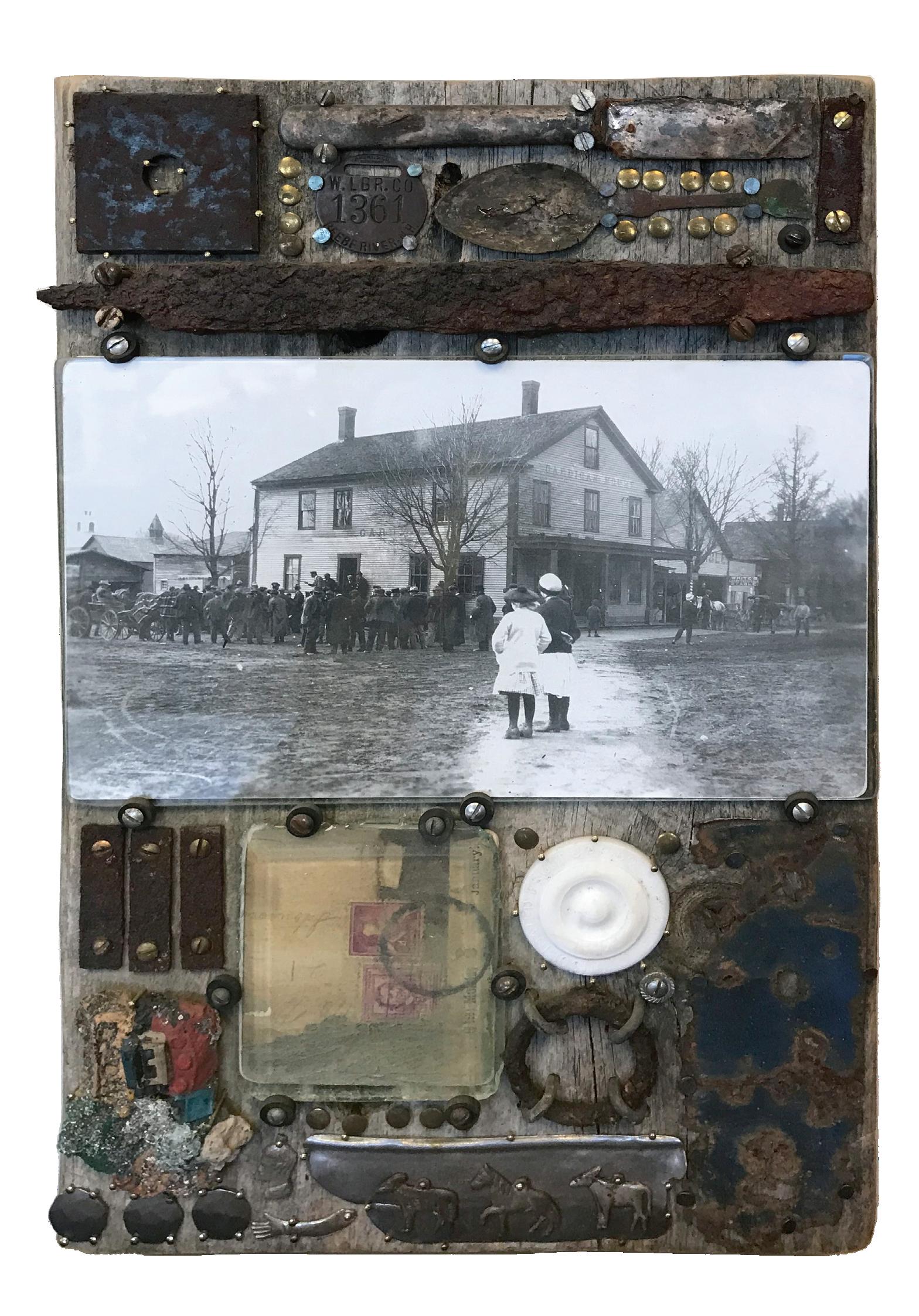
Hamel has always scavenged old stuff for his art and had heard about the detritus plowed into the river, but doubted anything would be salvageable after a century of strong currents, mud and beaver dams. A few years ago, he decided to investigate and immediately spotted countless glass shards and pottery pieces staring back at him from the riverbank. He grabbed a five-gallon bucket and shovel and started to dig.
His initial visits yielded inkwells, a porcelain doll head and a Civil War belt buckle, all of which he donated to Donna Zani Dunkerton, town historian and curator of the Canaan Historical Museum up on Canaan Street. These items were all intact; what he was looking for was less specific, more broken. At the time, he was just starting to get his groove back after a severe case of shingles had wrecked the sight in his right eye. Previously a storied painter who had exhibited in Maine galleries, Hamel stopped painting a decade earlier due to vision problems, and had only recently returned to tentatively making art when he discovered the remains of the fire in the river.
He’d always been attracted to stoneware crocks, and among his early discoveries was an amalgam of pottery shards smashed every which way but looked like they could be one vessel. He extricated the pieces from the river and painstakingly started to reconstruct the crock back in his studio. As he worked, he realized something vital. “In gluing and fitting them back together, I was reconstructing something lost in the fire, but I was also putting the pieces of my life back together,” he says.

Hamel’s returned to the river many times since and has spent much of the last two years creating what he refers to as “assemblages” — types of shadowboxes and wooden backdrops that contain bits and pieces from the river, often alongside a reproduction of a newspaper ad from the pre-fire store where a person could have purchased the item, or with an enlarged version of one of Allen’s postcards in the background. Other items: keys, horseshoes, knives and buttons from the overall factory. Once he even pulled a half-full bottle of olives that retained their green tinge.

“Found objects have a memory that paint lacks,” Hamel says. “Putting objects with an image is a really powerful thing. All of these things in the river belonged to someone who lived before the fire, so they have memory and a story to tell.”
Less than six months after the fire, almost half of the 50 destroyed businesses were back in brand-new buildings. And more were on the way.
One of the buildings under construction was Webster and Sons Hardware and Supply on Depot Street. Herbert Levi Webster and his three sons already had stores in West Canaan and Enfield, and they decided to capitalize on the opportunity that Canaan presented, with Herbert’s son Lynn in charge of the new store..
Today the store is known as Canaan Hardware and continues to thrive, albeit in a different location a block away. Along with the observance of the 100th anniversary of the fire, Herbert’s great-great-granddaughter, owner Robin Dow Parker, is planning to commemorate a century in business.
“All of these businesses and houses and families had been very well established in town for decades, and within a matter of hours their lives were uprooted,” Dow Parker says, adding that the continued existence of the store honors the townspeople who lived through the horrors of the fire.
But even though no remnants of the fire remain visible today, the question of “what if?” is never far away. Of course, no town has escaped change through the years wrought by war, depression or pandemic, but in the case of Canaan, it’s interesting to ponder how the town would be different today if the fire never happened — not just the businesses that didn’t reopen and the new ones that flocked to town, but also the people who shaped a town and its future.
As Canaan town historian, Donna Zani Dunkerton thinks it’s important to ask this question. “I don’t think the town ever recovered from the fire, because there were so many families who lost everything,” Dunkerton says. “A lot of people moved away because they couldn’t afford to rebuild, and even those who had insurance suffered, because the payout only covered a portion of their loss.”
Of course, the question will remain largely unanswered, but a group of townspeople will gather on the 100th anniversary of the fire not only to commemorate what was indelibly lost but also to recognize what rose from the ashes.
The town of Canaan is commemorating the 1923 fire on June 2 and 3, 2023. Friday’s events include a service at the Methodist Church, a chicken barbecue at the American Legion and an evening concert on the Common. On Saturday, town historian Donna Zani Dunkerton and her daughter Sara Dunkerton will give a talk on how citizens rebuilt the community, and the Canaan Fire Department will hold an open house with firefighter Alton Hennessy discussing how the fire department battled the fire. Artist Gary Hamel’s show, “Putting the Pieces Back Together,” will be held at the Canaan Town Library from June 2 through Old Home Days, which end on August 6. NH
Learn more
Canaan Historical Museum
464 Canaan St. • (603) 523-7960 canaannh.org/canaan-historical-museum
